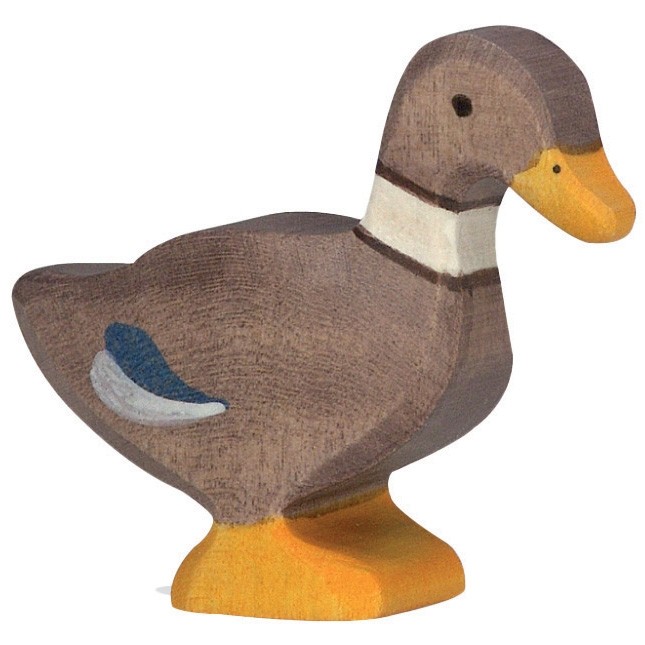mjwincott
New member
Good eve to all,
I would like to give an edging to my wooden toys like you see on Holztiger toys like seen on the babipur website, especially the elephant, lion and even the tiny duck.
At first I was thinking a bench router would be the best option to do this but i have been told it would not do what i need it to do.
I currently have a belt sander and disc, a bobbin sander and a scrol saw.
The Holztiger animals almost look like a chiseled edge but obviously this would not be the case, I just have no idea on what tool would be able to give edges like this to very small and big wooden animals. Maybe a bench grinder?
Can anyone help ?
Many thanks,
Martin
I would like to give an edging to my wooden toys like you see on Holztiger toys like seen on the babipur website, especially the elephant, lion and even the tiny duck.
At first I was thinking a bench router would be the best option to do this but i have been told it would not do what i need it to do.
I currently have a belt sander and disc, a bobbin sander and a scrol saw.
The Holztiger animals almost look like a chiseled edge but obviously this would not be the case, I just have no idea on what tool would be able to give edges like this to very small and big wooden animals. Maybe a bench grinder?
Can anyone help ?
Many thanks,
Martin
































